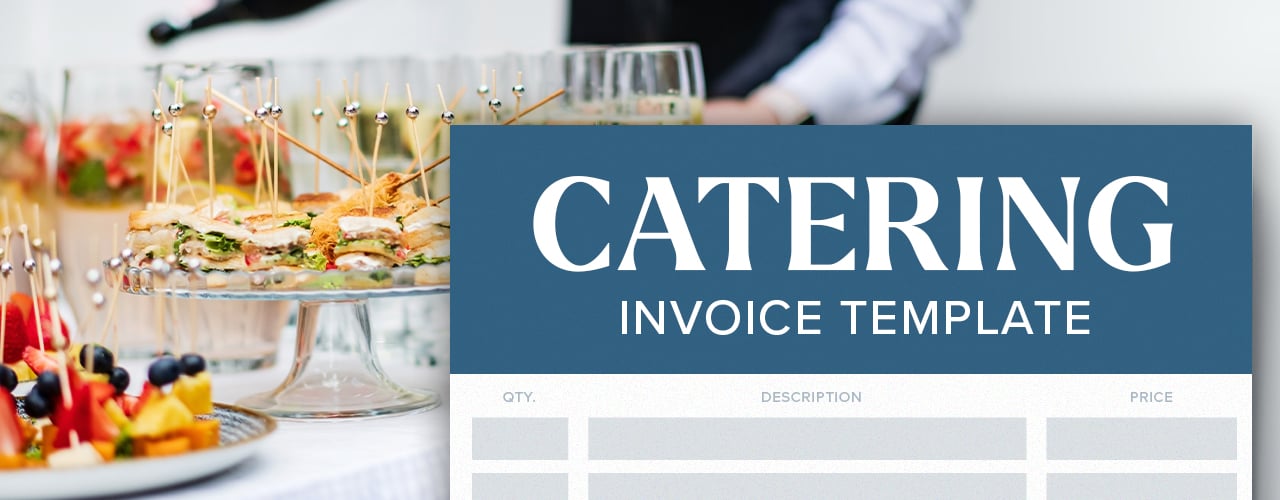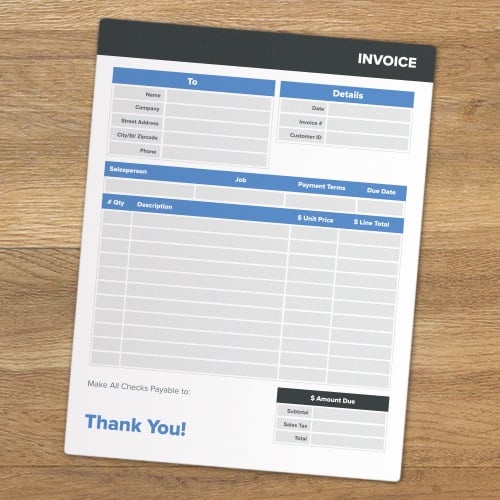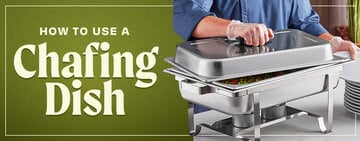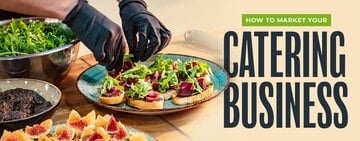
Free Catering Invoice Templates
Last updated on 7/24/2023When it comes to running a successful catering business, organization is key. One essential element of keeping your business organized is having a well-designed catering invoice. A catering invoice not only helps you keep track of your orders and payments, but it also serves as a professional document that showcases your business.
Catering Invoice Template
An essential document to any catering business, a catering invoice provides clients with a detailed breakdown of services and expenses, while explicitly stating the payment conditions. To help you get a head start, we've created a catering invoice that you can download for use! Choose from blue, gray, green, and yellow invoice templates to match your aesthetic. Simply click to download.




Parts of a Catering Invoice

Understanding the different components of a catering invoice is crucial for both caterers and clients, as it ensures clear communication, transparent financial transactions, and effective record-keeping. This section will delve into the key parts of a catering invoice so you can provide a seamless catering experience to your customers.
1. Client Contact Information
The client contact information section of a catering invoice captures vital details such as the client's name, address, phone number, and email. Additionally, the date the invoice was issued, invoice number, and customer ID (if applicable) should be entered for future ease of reference.
2. Company Contact Information
The company contact information section includes essential details about your business, including your name, address, phone number, email, and the salesperson your clients will be working with. This information ensures effective communication with your clients and helps maintain a clear line of contact throughout the catering process.
3. Event Details
The event details section of a catering invoice outlines crucial information about the event, including the type of job you've accepted (for example, "Catered Wedding"), date, time, location, and specific instructions or requests provided by the client. It should also include the payment terms and payment due date.

4. Ordered Services
The ordered services section provides a comprehensive breakdown of the charged services and associated costs so you can be fully transparent with your clients. Fill out the table by listing each menu or service item ordered along with the quantity, unit price, and subtotal for each item.
This section should also list applicable local or state taxes, gratuities, and additional fees like transportation costs and overage fees for longer service hours. It provides a clear understanding of the financial obligations beyond the base cost of the catering services.
5. Amount Due
The amount due section outlines the total payment owed by the client. This section consolidates all the expenses, including the base cost, any local and state taxes, service charges, and any other applicable fees. By clearly stating the total amount due, clients can easily understand their financial obligations and make timely payments.
To ensure a smooth financial transaction, it is a good idea to set up payment installments with your clients and have the invoice paid prior to the time of service. If last-minute charges occur, such as overtime fees, additional products and services ordered, or damages, an updated invoice with an outstanding balance can be sent over to the client.
6. Terms and Conditions
Be sure to provide a separate sheet that includes your catering terms and conditions. Info should include your liability insurance, the final date that a client can make changes to the guest count or menu, and payment information. Make it clear to your client when their initial deposit is due, the refundable amount (in the event of cancellation), and when the final payment is due. Additionally, you should outline your cancellation policy and decide whether or not a client will receive a refund if they cancel by a specific date.
Catering Invoice Pricing Considerations
Determining the right pricing structure requires careful evaluation of various factors to ensure that costs are covered while remaining competitive in the market. From ingredient costs and labor expenses to customer demand, we will explore the key pricing considerations that caterers must take into account when setting prices.
1. Service and Staffing Cost
Be sure to consider the cost of service at your catered event. This includes the number of servers, bussers, bartenders, and other wait staff needed. This will vary depending on what type of service is being provided. Examples include buffet service, tray-passed appetizers, sit-down service, and various other dining events. The type of dishware you use can also affect the cost when it comes to hiring dishwashers after events. You'll have to decide if you'd rather invest in reusable dinnerware or stick with disposable plastic dinnerware to save on labor costs.

2. Menu and Beverage Cost
Include the complete breakdown of the catering menu that the client will receive at their event. This will prevent disputes in pricing down the road. If you are a multi-faceted catering company and handle a variety of event types, consider creating menu templates for specific occasions (holiday parties, wedding ceremonies, birthdays, concerts).
It can be tricky to offer alcohol service at events if you have not yet acquired your liquor license. Licensing rules vary by state, so consider filing for one-day permits for beer and wine. Or, partner with an establishment that has an on-premise license and will extend the license to your catered event if you share profits with them.
3. Equipment Cost
When pricing a catered event, it is crucial to take into account the associated equipment costs. The specific equipment and supplies needed for an event can vary widely depending on factors such as the menu, guest count, and venue requirements. This may include items such as chafing dishes, serving trays, beverage dispensers, cutlery, glassware, linens, and specialized cooking or food preparation equipment. Some events may also necessitate the use of additional items like tables, chairs, tents, or audiovisual equipment. Assess whether your business owns the required equipment or if it needs to be rented or purchased specifically for the event.
4. Miscellaneous
Below are several more factors that contribute to the overall catering costs and need to be considered when planning an event.
- Minimum and Maximum Guest Count - The guest count directly impacts the quantity of food and resources required so you will need to decide the minimum count you can cater to for profitability as well as the maximum count your company can effectively serve.
- Cost Per Person - The cost per person, which accounts for both adults and children, determines the base pricing structure.
- Overage Fees - Overtime fees may apply if the service hours extend beyond the agreed-upon time frame.
- Hours of Work - The hours of work put in by the catering staff contribute to labor expenses.
- Upcharging for Holidays and Seasonally Busy Times - You may want to increase your service fees during holidays and peak seasons to accommodate increased demand.
- Venue Cost - Will the event space be provided by the client, or are you expected to provide the location?
- Travel Expenses - Travel expenses, including gas money and necessary food-holding equipment, should be factored in when calculating the overall catering expenses.
A catering invoice goes beyond being a simple financial document and serves as a powerful communication and organizational tool. A professionally crafted catering invoice provides clients with transparency, clarity, and trust in the services provided. By clearly outlining the services, costs, and payment terms, it helps prevent disputes and misunderstandings. Moreover, an invoice serves as valuable documentation for financial record-keeping and facilitates efficient bookkeeping.






